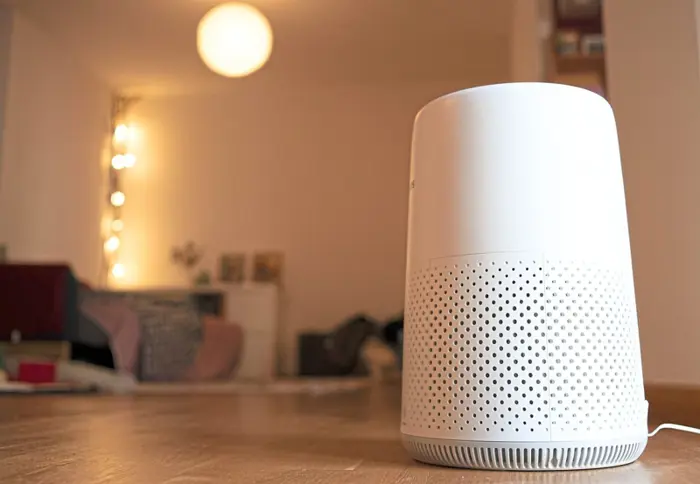ANN/dpa/THE STAR – We all want to breathe easy – literally and figuratively – both outdoors and at home. We can’t do much individually to improve outdoor air quality, but we can keep our indoor air clean.
But how best to do it?
An air purifier can be a big help.
Over the long term though, it’s no substitute for frequent ventilation, according to some experts. Germany’s Federal Environment Agency argues that proper ventilation remains the best way to clean indoor air.
Opening up lots of windows – ideally to create a cross breeze – several times a day is important simply to prevent formation of mould and mildew in rooms.
Nevertheless, an air purifier can serve as a good complement, not only when levels of airborne particulate matter are high outside and you want to keep windows closed, but also to eliminate pollen or toxic gases from paints or lacquers in indoor air, according to the German consumer watchdog Stiftung Warentest.
Besides filtering out harmful substances, some air purifiers can reduce concentrations of pathogens and aerosols, which benefits asthmatics and allergy sufferers in particular.
But even high-performance models don’t always remove all harmful substances, as a study last year (2024) by Stiftung Warentest showed.
So if you’re thinking about buying an air purifier, be sure to gather plenty of information beforehand.
There are various types on the market: simple filters, activated carbon filters, HEPA (high efficiency particulate air) filters and combination filters.
The consumer advice centre advises against getting a purifier that generates ozone or ions, particularly because allergy sufferers can react to them.
It also points out that not all air purifiers are able to keep virus-containing aerosols out of the air.
For this, you should get a HEPA filter classified H13 or H14, commonly marketed as “medical-grade” and is especially efficient. HEPA filters are replaceable.
The capacity of the air purifier you eventually select should be suited to the room size and number of persons in the household. Loudness and electricity consumption are further important criteria.
And don’t just take the purchase price into consideration; consider also follow-up costs as filters must be regularly replaced. Depending on the contaminant level of the indoor air, Stiftung Warentest recommends replacing filters every six to 12 weeks.
So inquire about the cost of replacement filters in advance. Used filters can be disposed of with domestic refuse.



